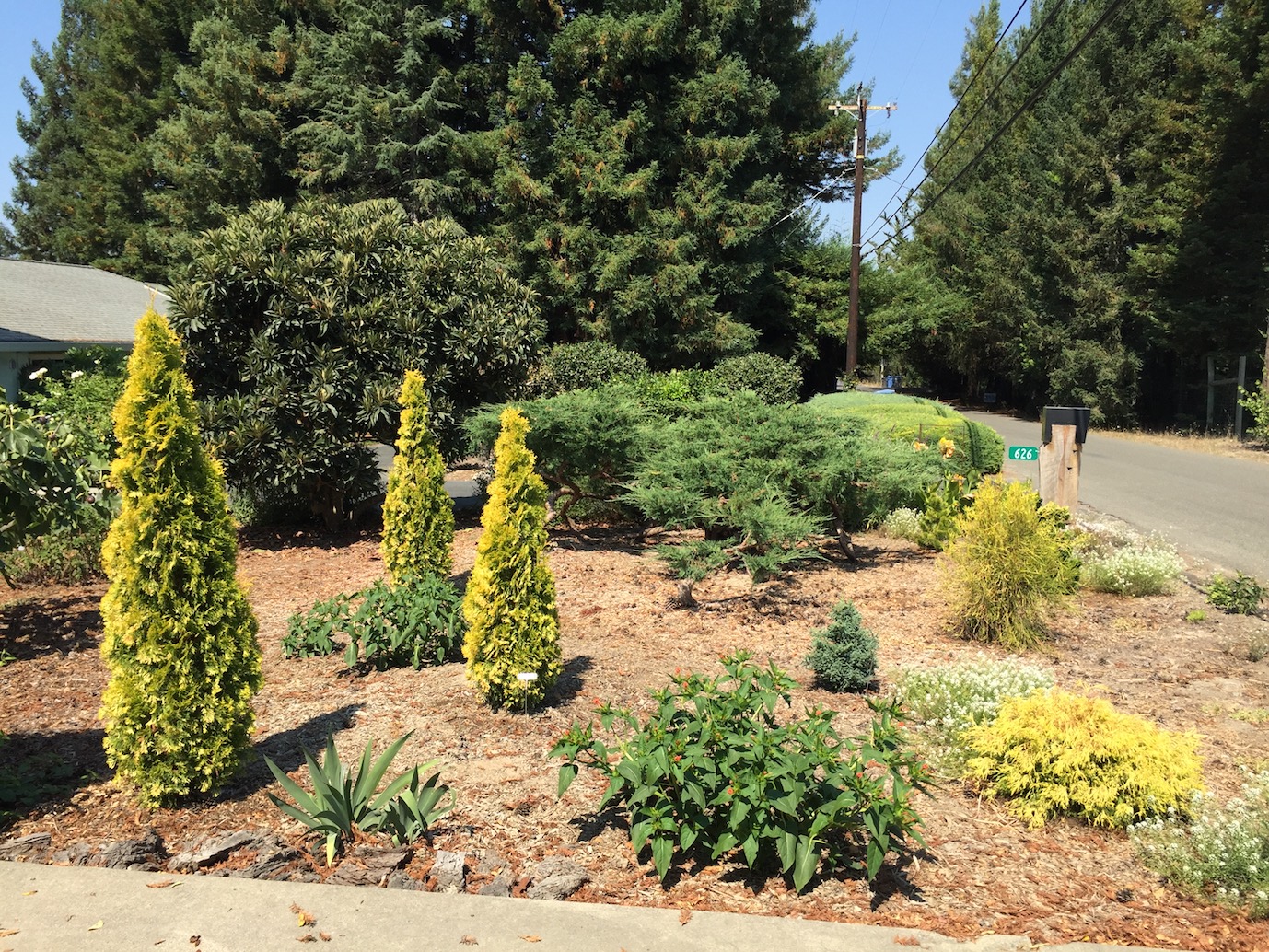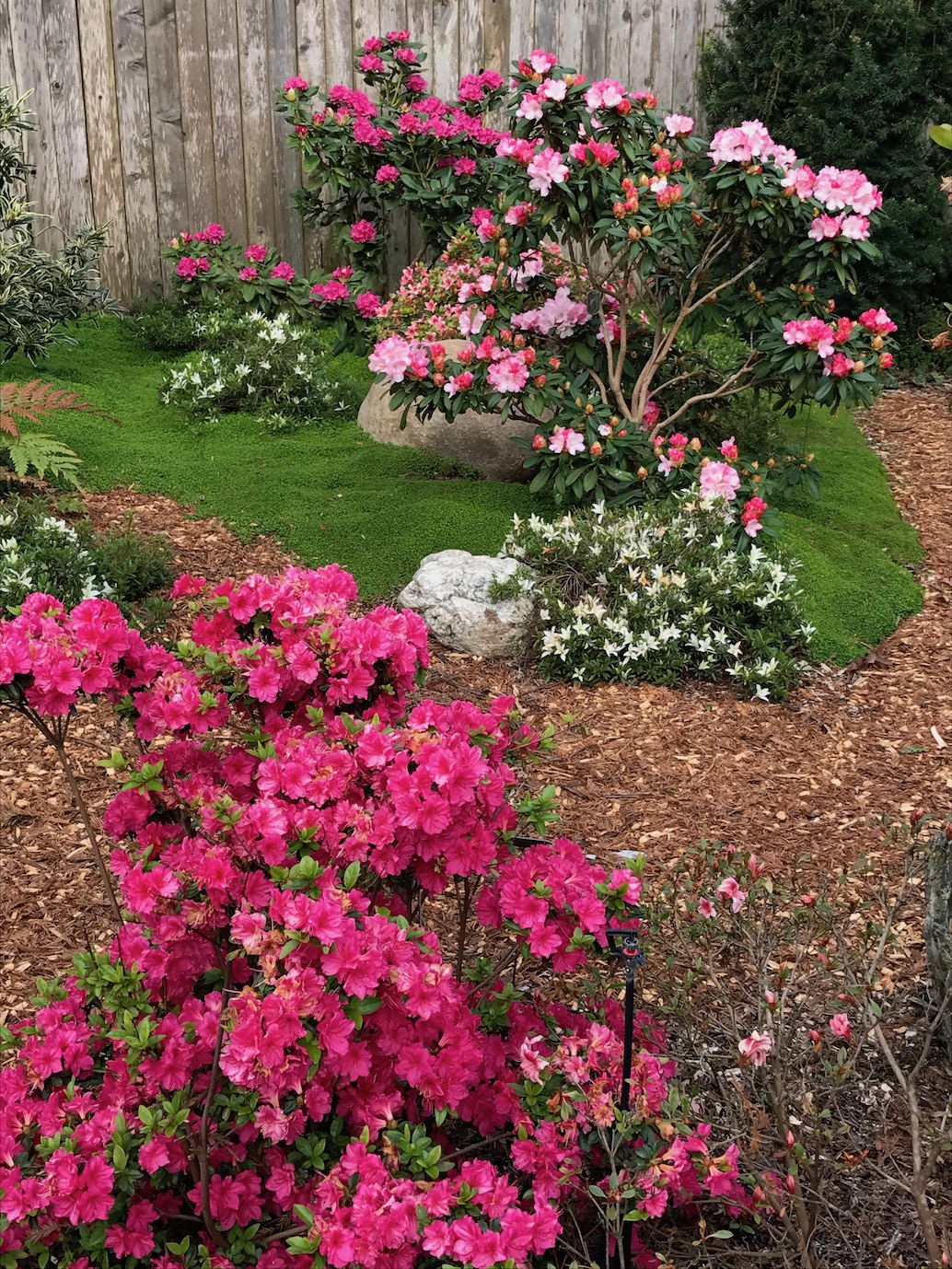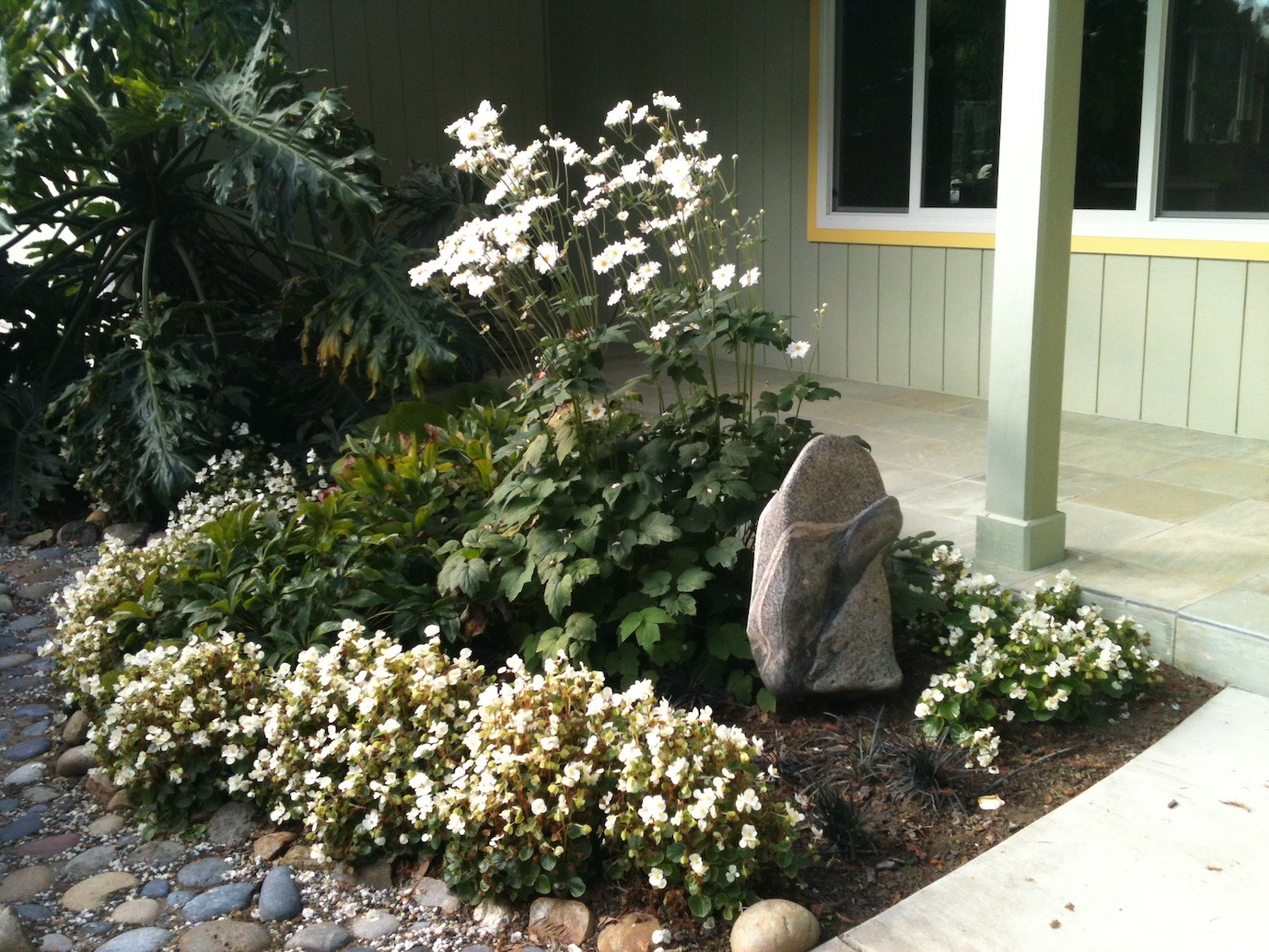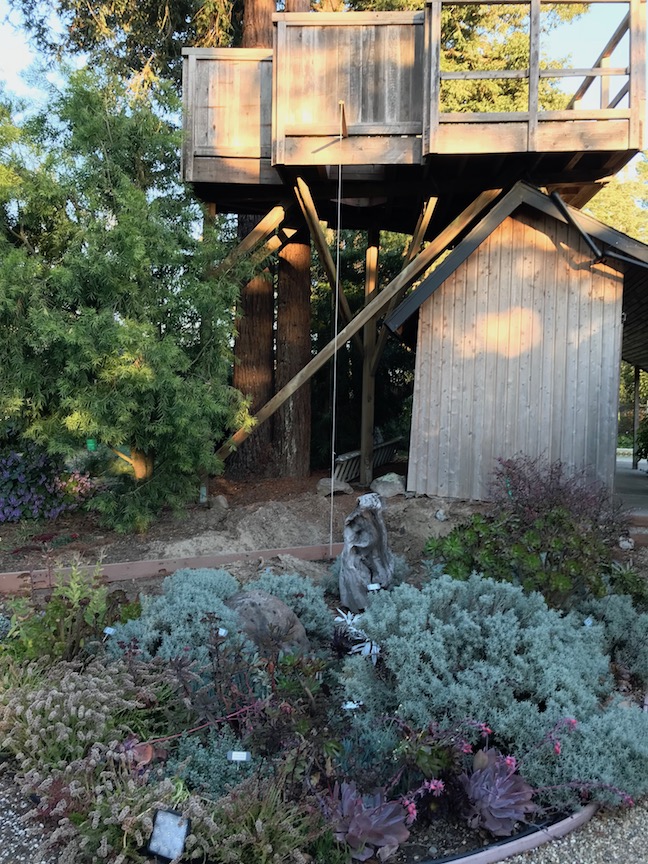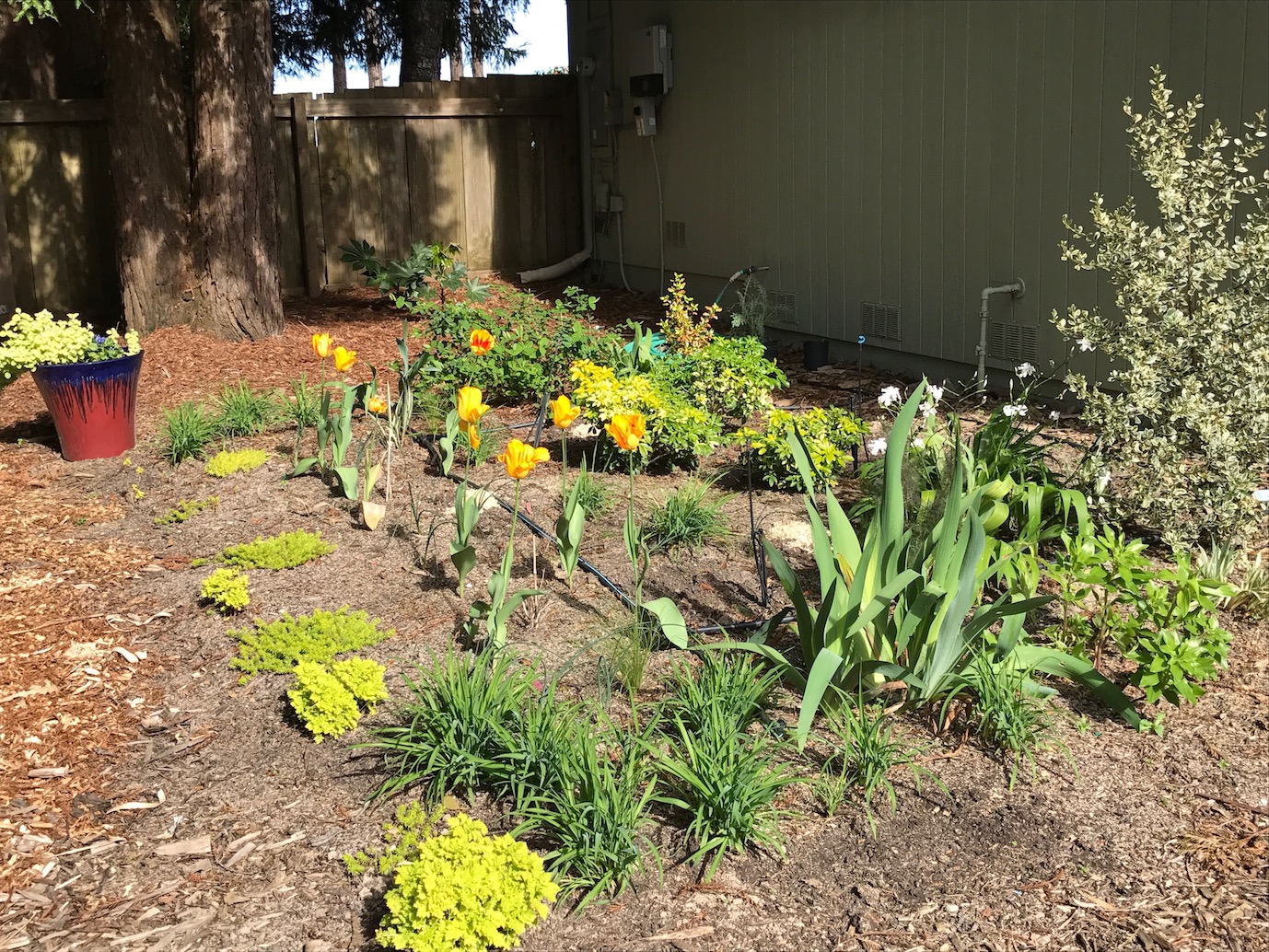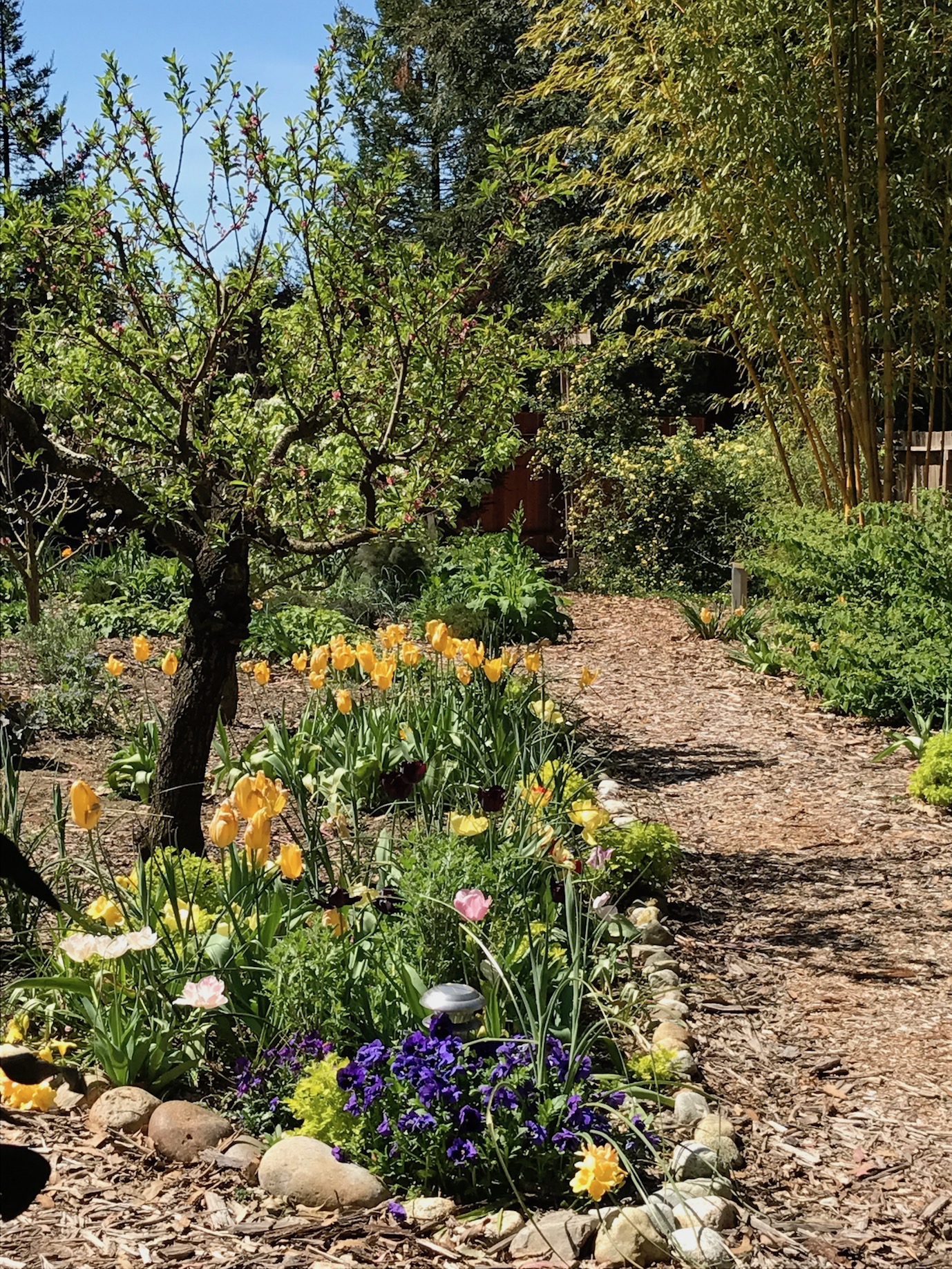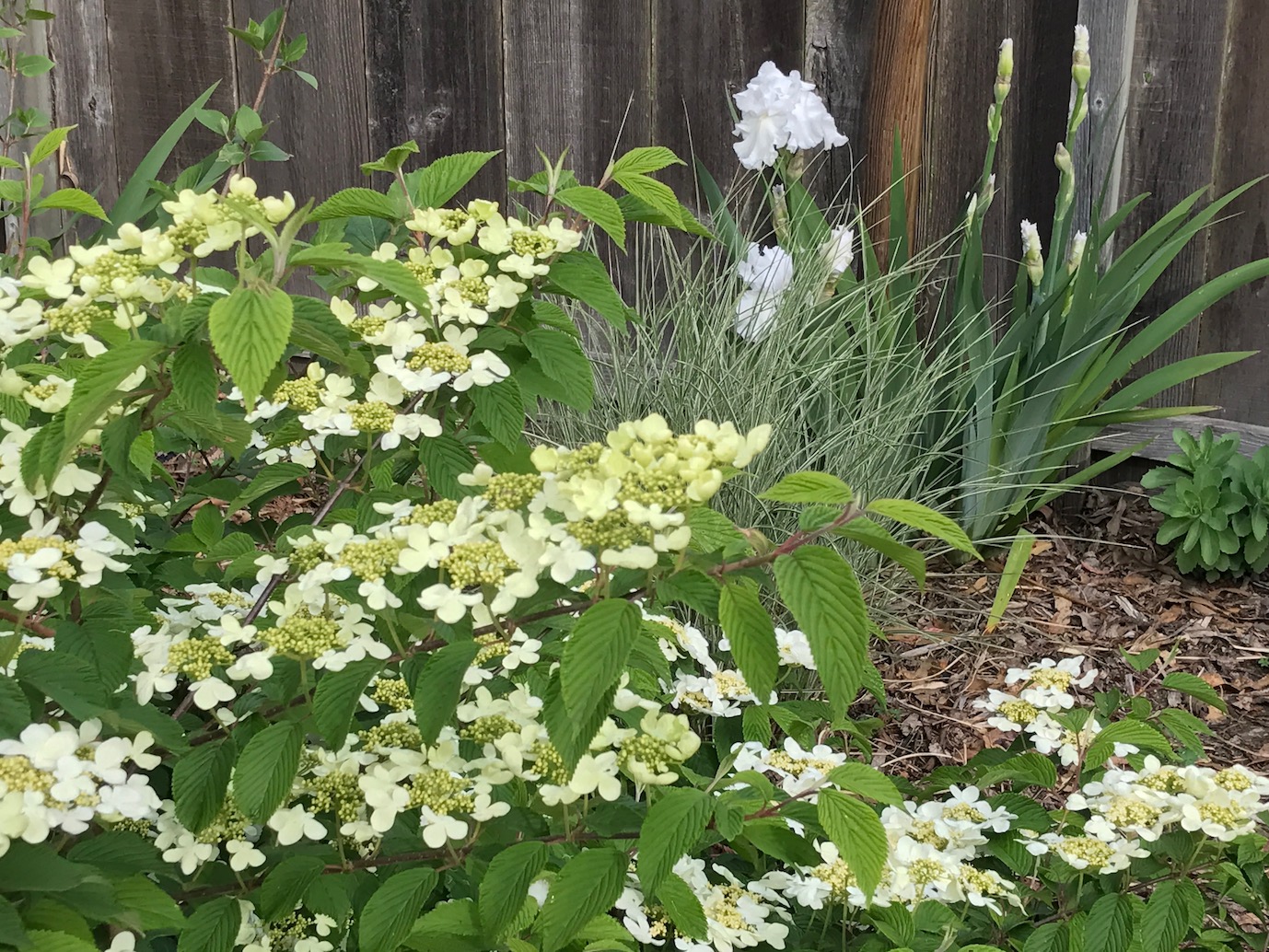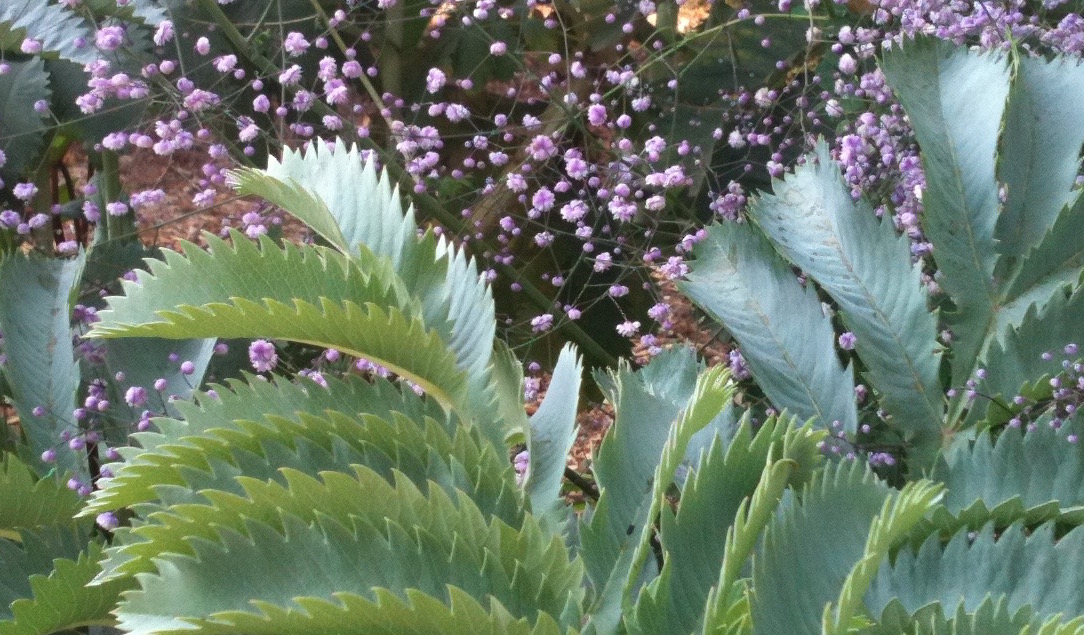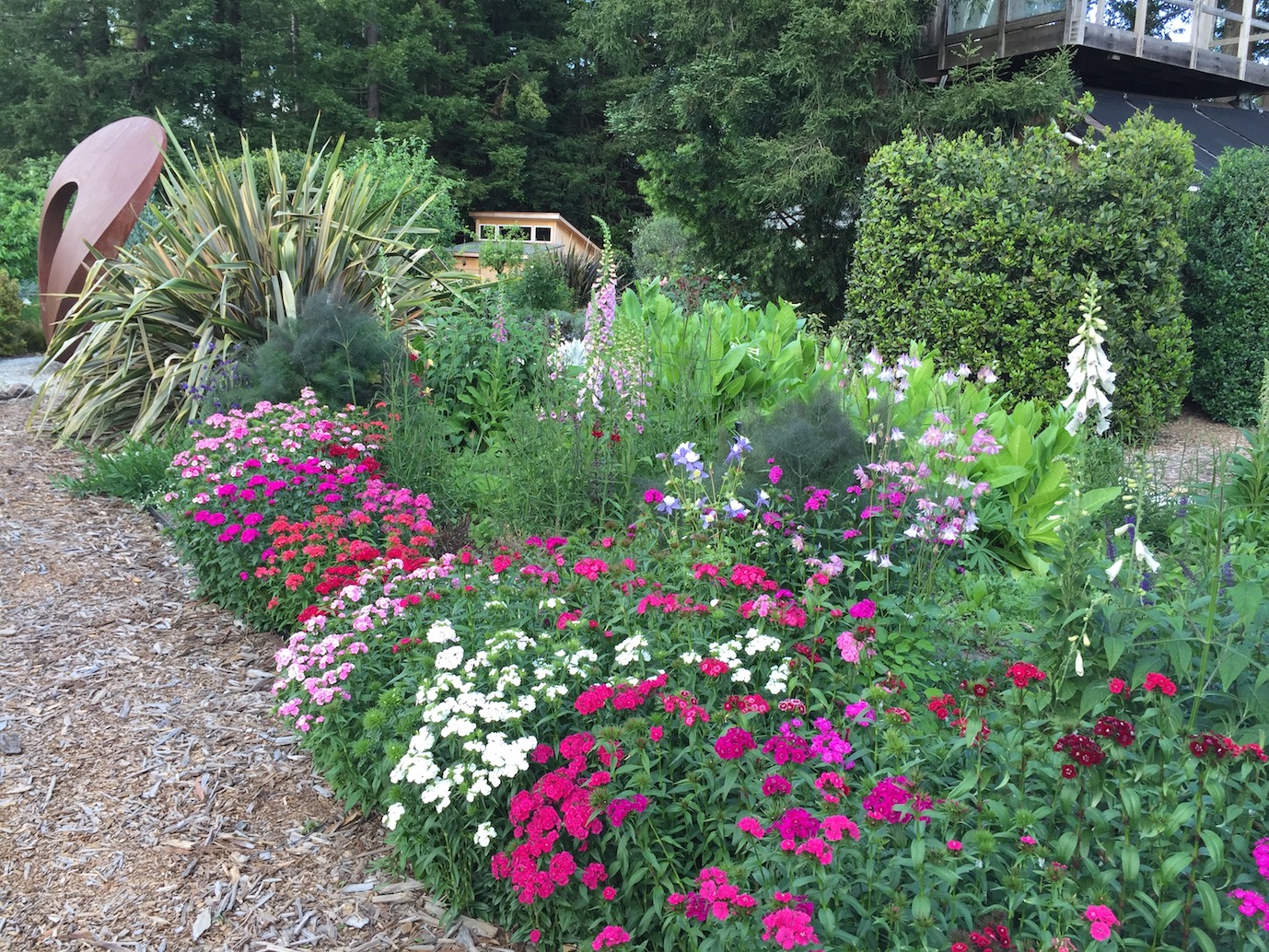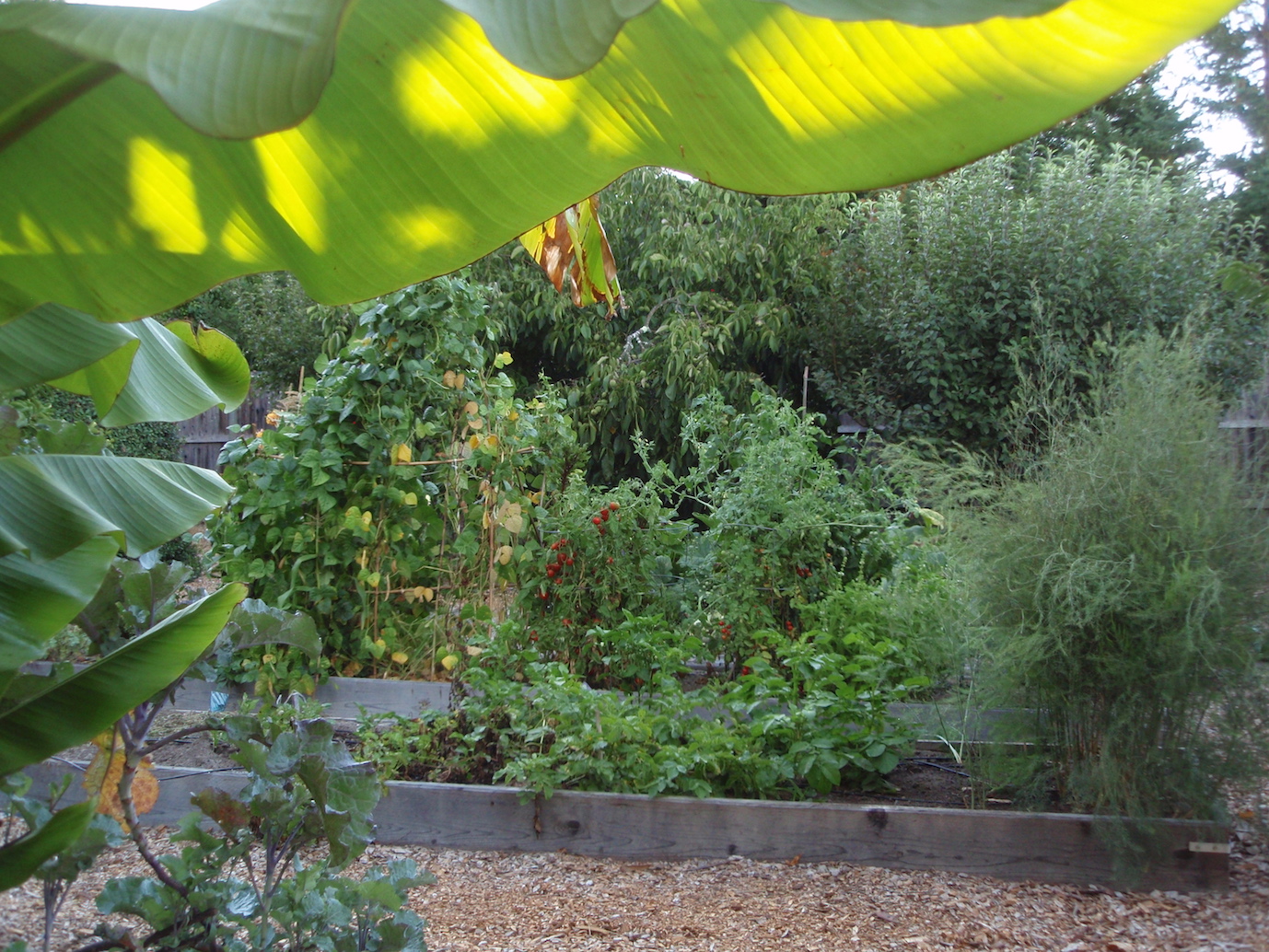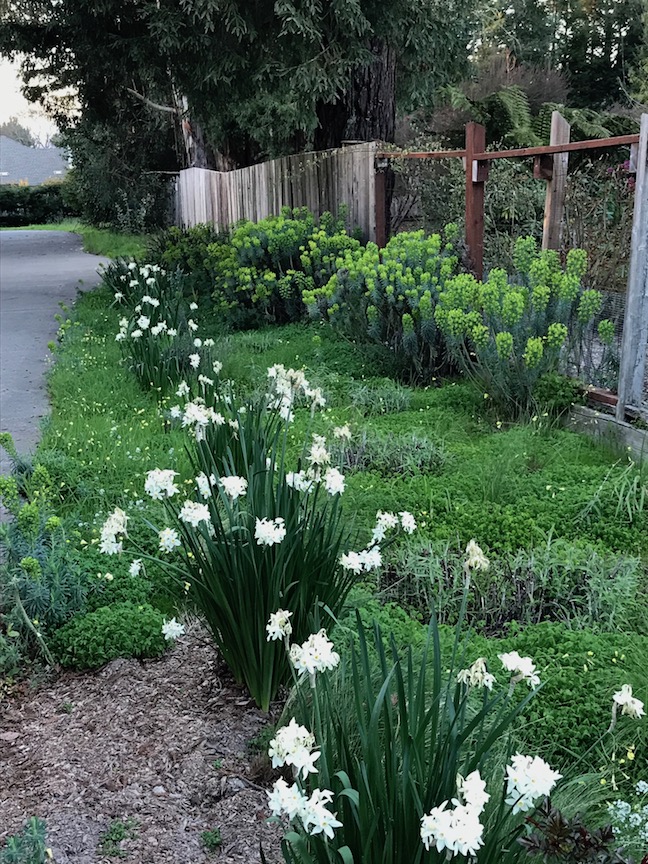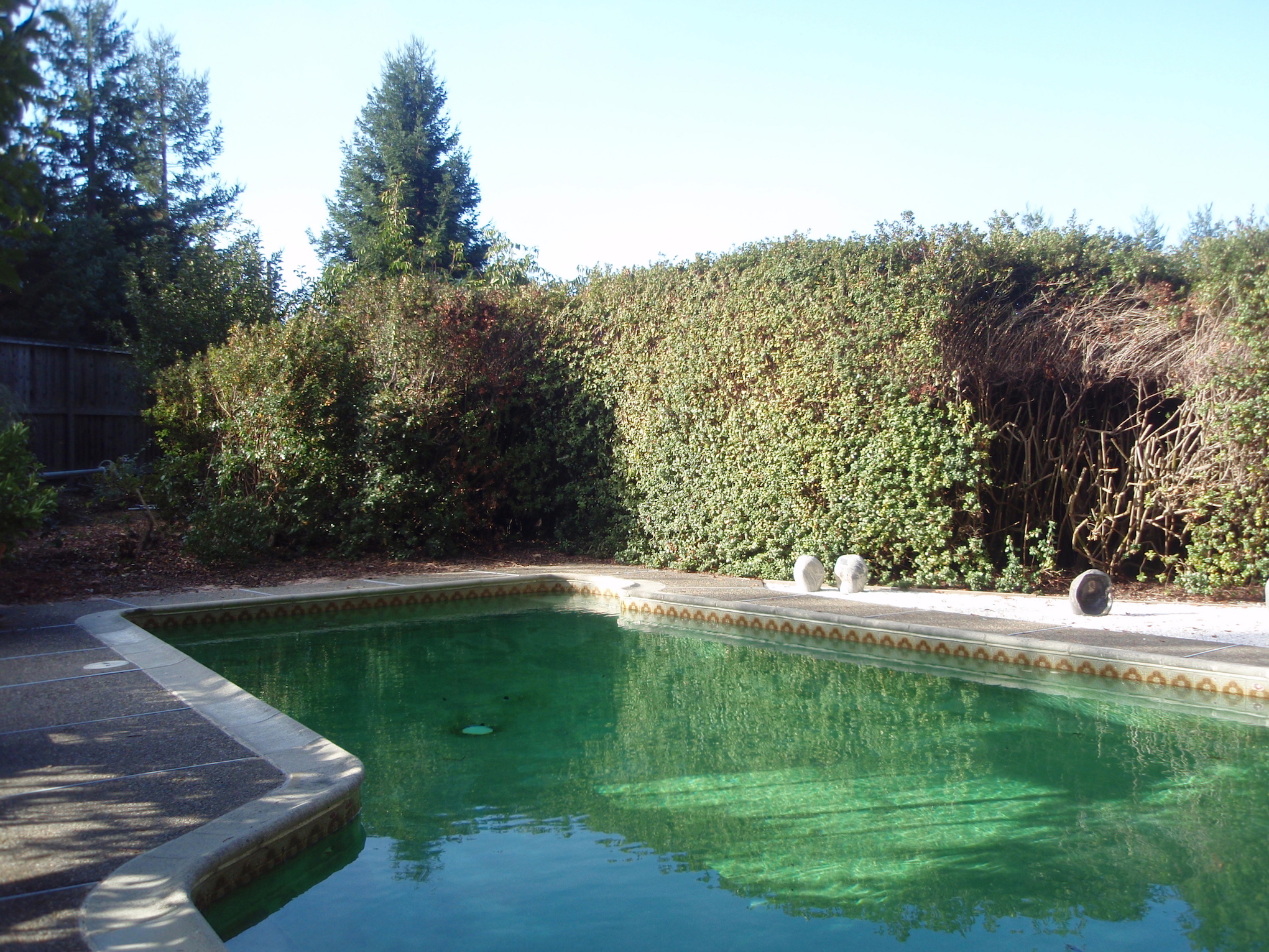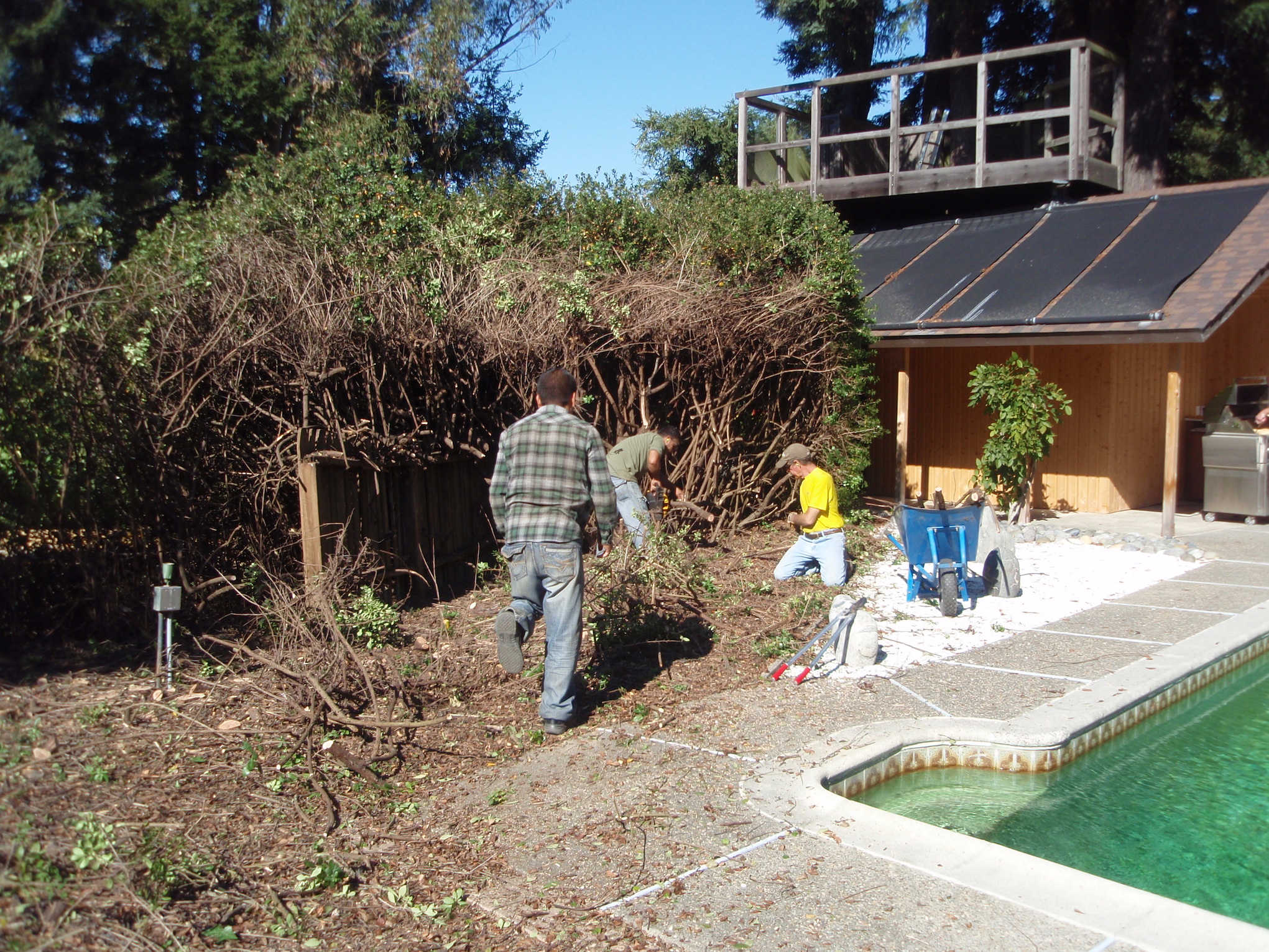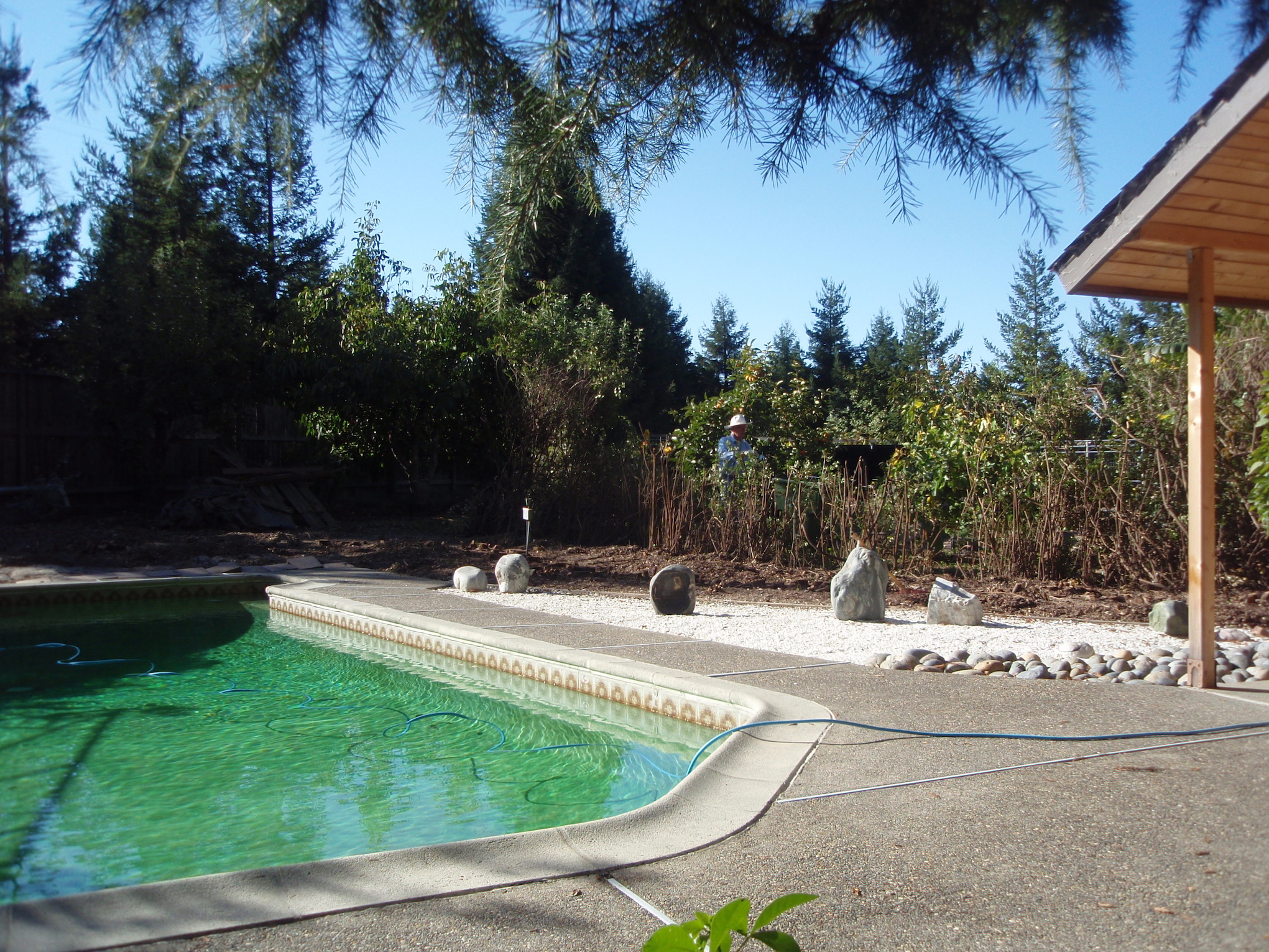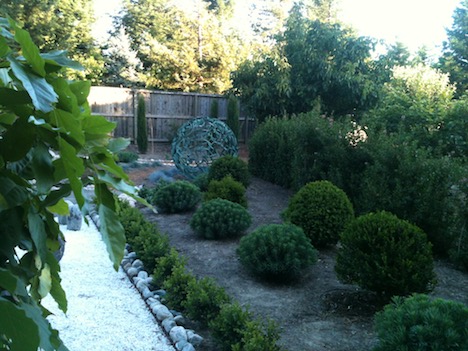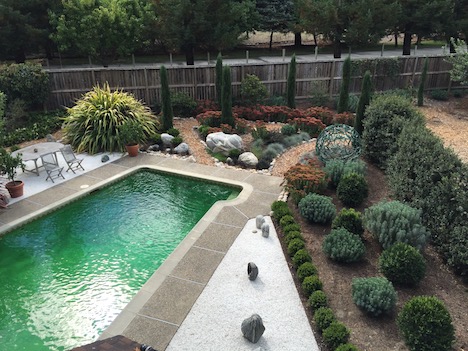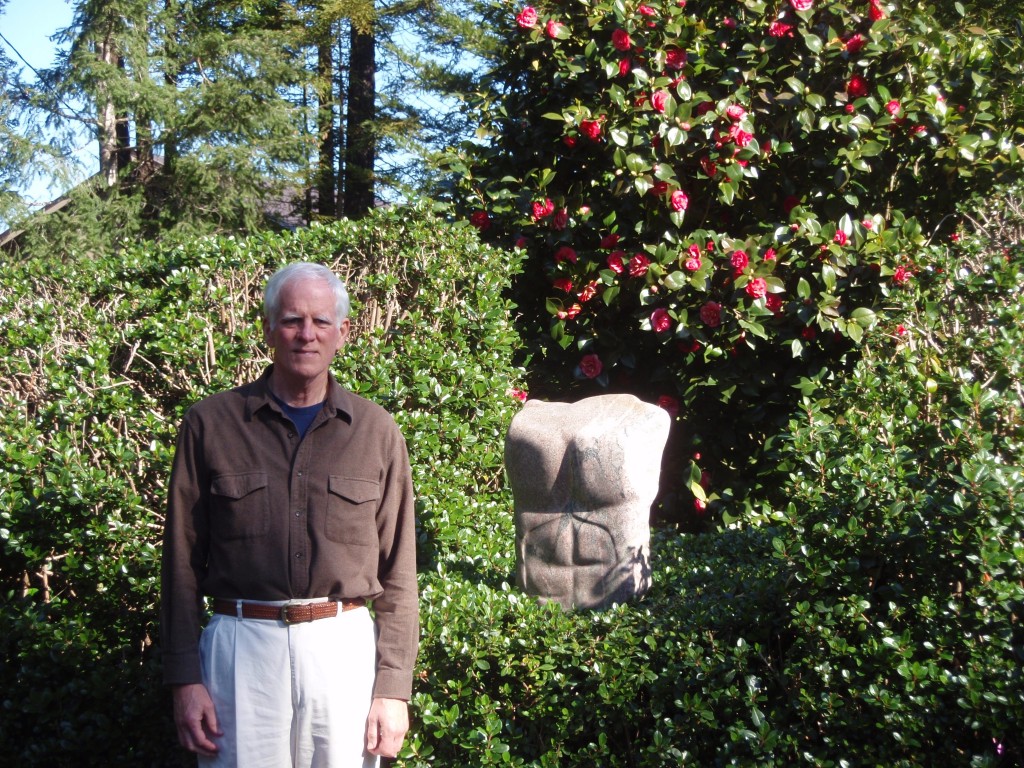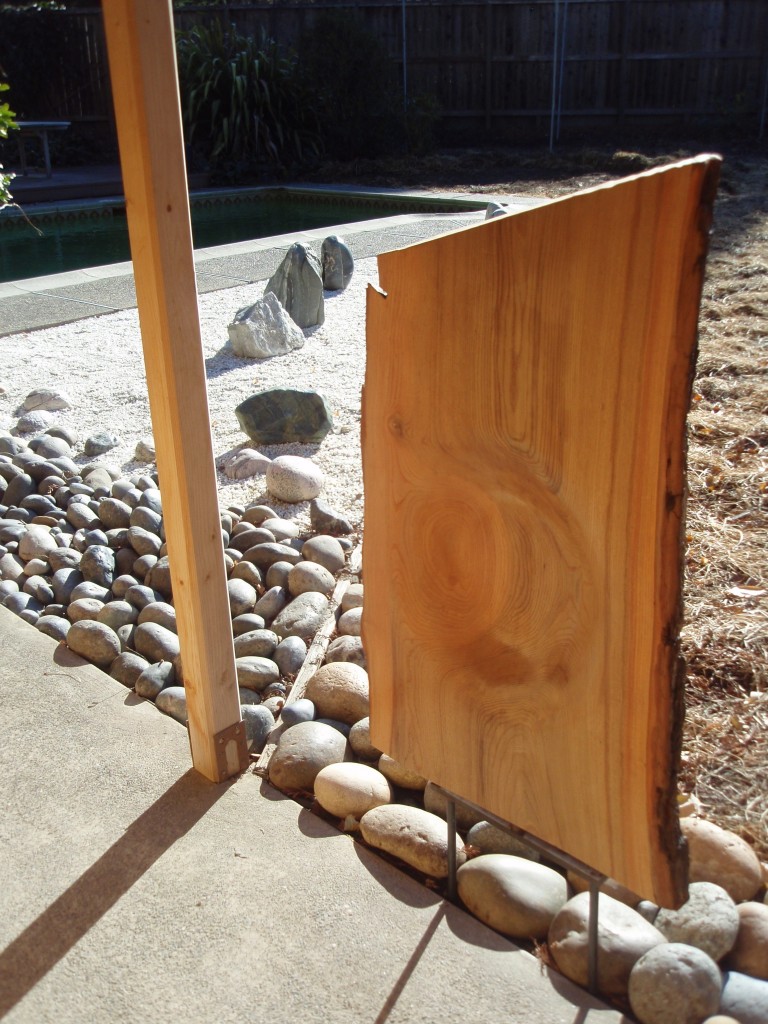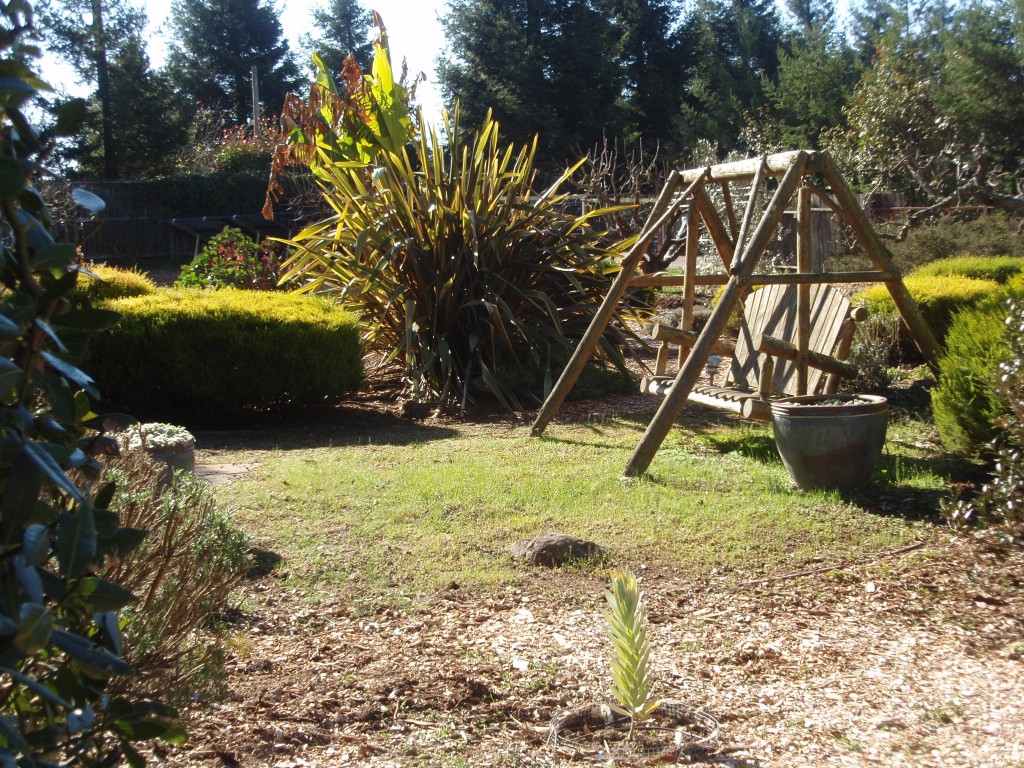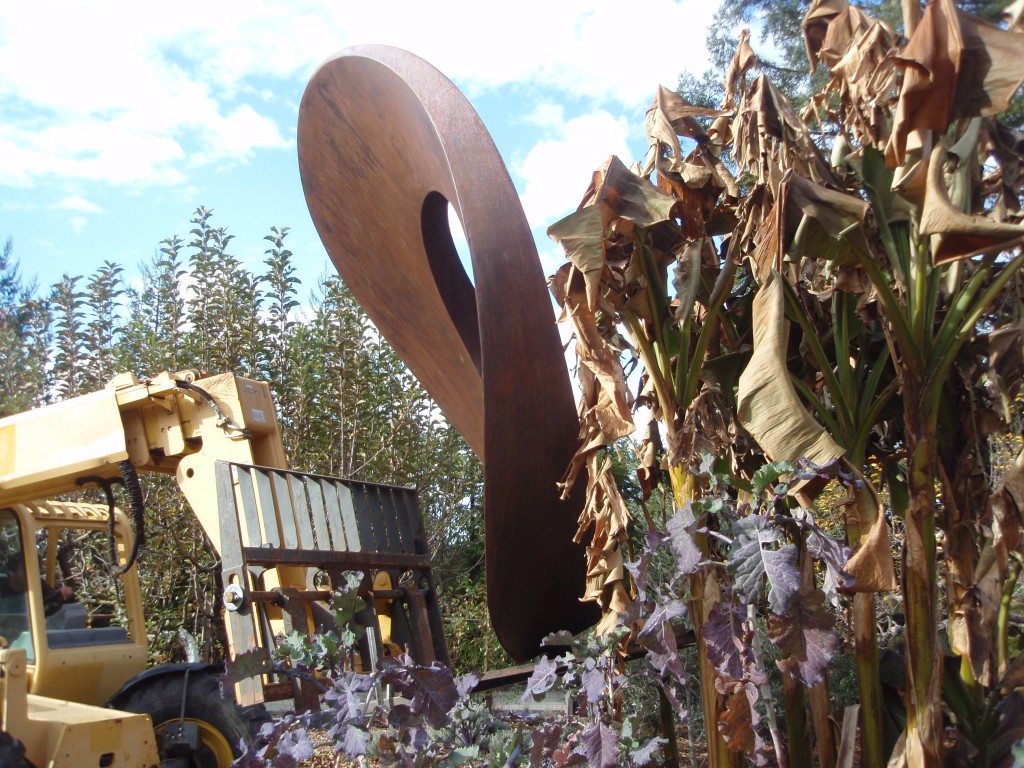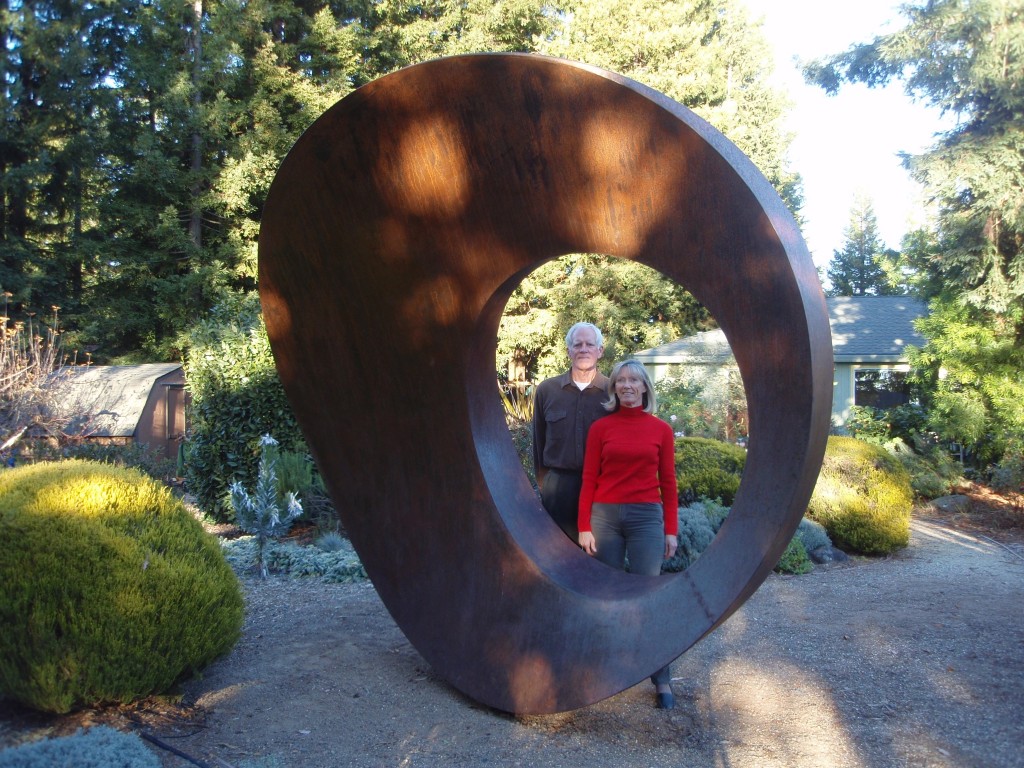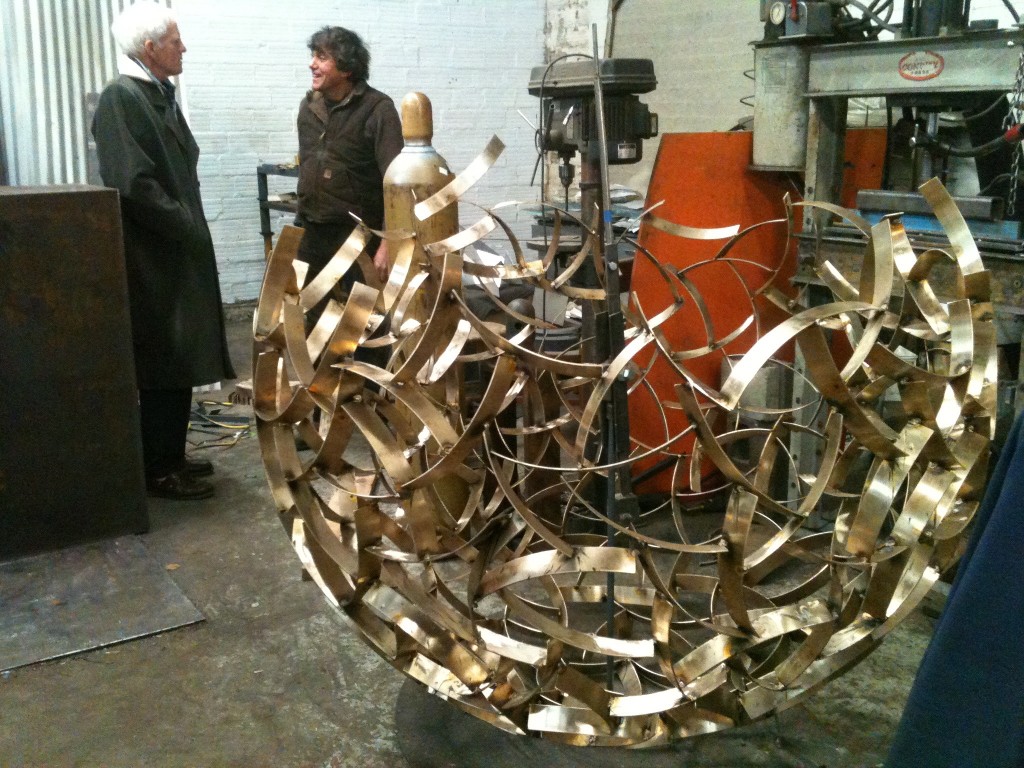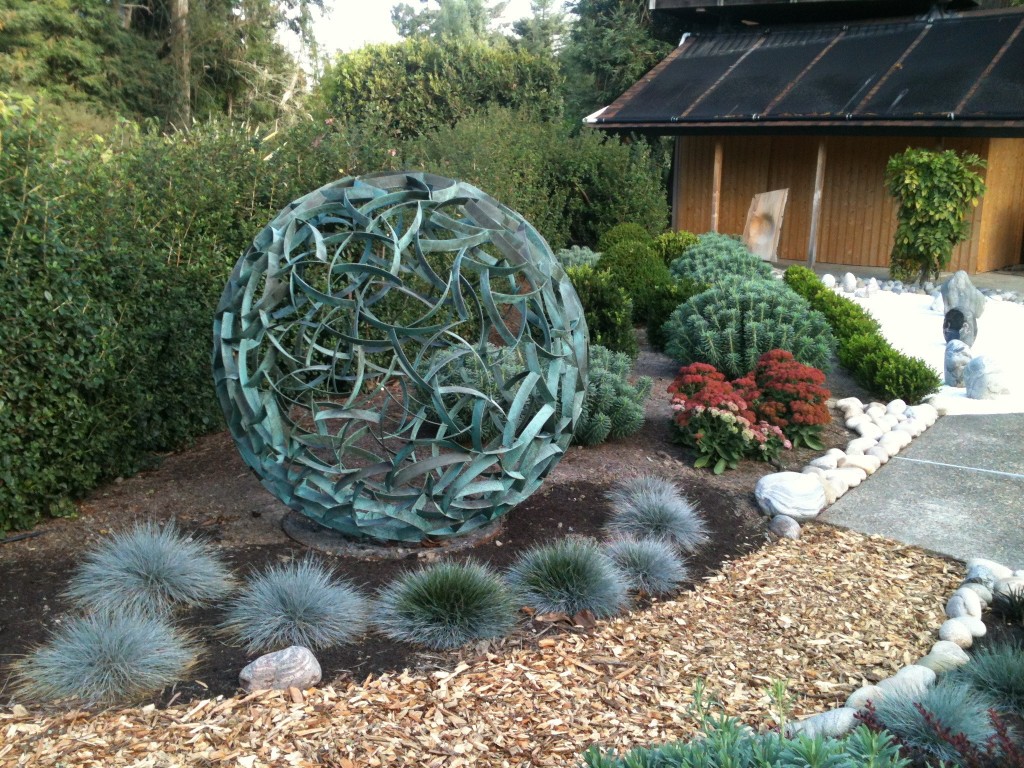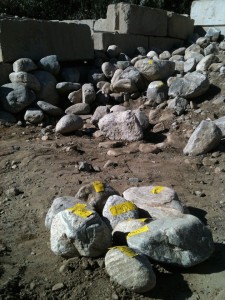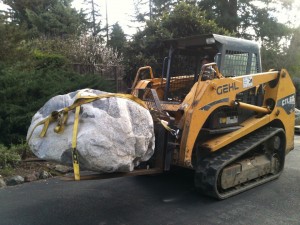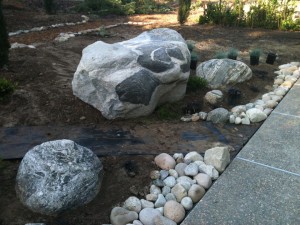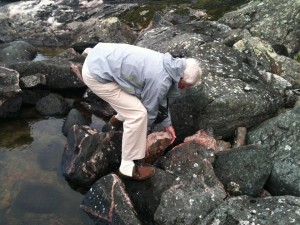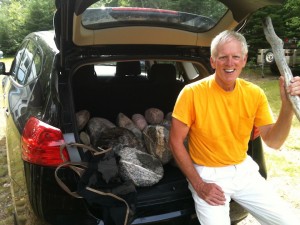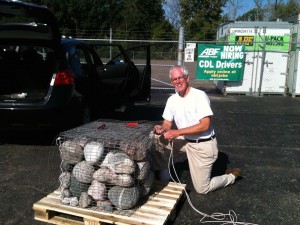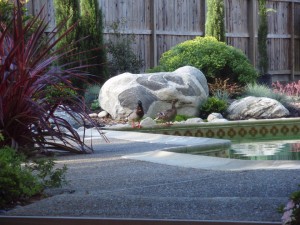June 15, What a glorious morning! Tony and I were drinking our coffee looking out the window and spotted birds in a rosebush. Binoculars showed they were fluffy young orioles. We had spotted their well hidden nest in a banana leaf and were pleased to see the babies had hatched.
Moving outdoors, we next spotted a mother quail warming her chicks under her wings. We watched until mama and papa quail led their scurrying flock of babies away – more numerous than we could count, two dozen?
We checked on the towhee nesting in the center of a tree fern. She was still sitting on her nest. Birds were twittering in the garden and we were delighted to share the magic of new bird life. We had been gone for the month of May leaving the garden as an undisturbed sanctuary for the birds. Before we left, we had three hummingbird feeders that were active morning and night with several birds at a time. By May there are plenty of flowers. We filled the feeders when we returned, but the hummingbirds have ignored them, content to find their own flowers.
This is the biggest crop of cherries ever produced on our Stella cherry tree. Usually the robins eat them all. This year they seemed so interested in eating the berries on an enormous fuchsia called Lechland Gourgon that the cherries were left alone.
